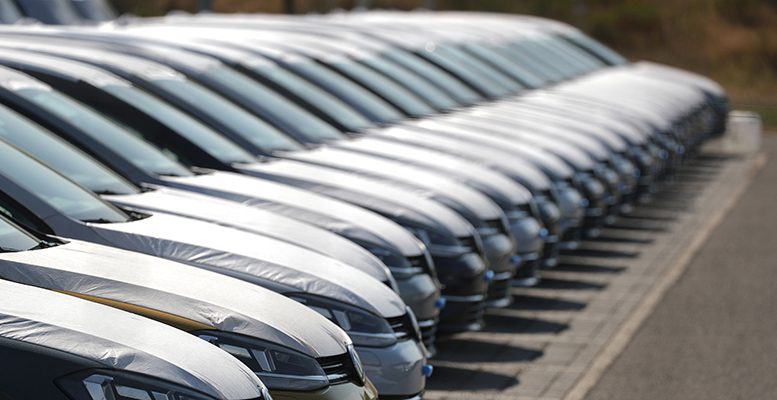Alicia García Herrero (Natixis) | After three years of sluggish performance, China’s car sales finally reverted to positive growth in 2021. The auto industry is essential for the Chinese economy as it forms 28% of retail sales and 7% of industrial revenue. Without a recovery in car sales, it is hard to imagine a solid rebound in consumption. In this note, we analyze the demand for passenger cars in China and the responses from carmakers, including structural issues on investment to grow supply and cost control.
There is a long way to go regarding domestic demand as car sales (including electric vehicles, EVs) are 9% lower than in 2017, and carmakers’ profits are still down by 22%. Before the Covid-19 pandemic, Chinese carmakers had already seen weaker domestic demand. Car sales have been falling for the low-to-medium price range models. The EV penetration also climbed from 2% in 2017 to 15% in 2021, adding pressure to traditional carmakers. Costs are rising from all fronts, especially from skyrocketing raw material prices and chip shortages.
However, Chinese carmakers have found a way forward within the squeeze from weak local sales with growing costs, which is tapping on the external demand. The trend is shown in Chinese automakers’ high utilization rate. While Chinese car production has rebounded to the pre-pandemic level, global output is still 15% lower. As a result, China’s global market share of car production surged from 32% in 2019 to 38% in 2021. The broad measure shows China doubled its exports by 1 million more cars (including chassis) in 2021. For passenger cars, 18% of exports are electric vehicles led by domestic and foreign firms, such as SAIC and Tesla. The development implies competition can get more intense for global peers and further pressure their profit margins.
Higher costs are also biting Chinese carmakers, even though the ballooned exports have partially mitigated the impact. The gross margin of Chinese carmakers fell from 16.3% in 2017 to 14.9% in 2021, and they have reacted in several ways. First, they kept more inventories in the light of supply chain disruptions. Second, they hiked prices quicker from 5.3% between 2018-2020 to 7.3% in 2021. Third, they have cut staff, downgraded product specifications, recycled materials, and put more control over supply chains. As a result, the number of employees in the Chinese auto industry has fallen 6% each year since 2018.
All in all, Chinese carmakers have a threefold approach to offset the lackluster domestic demand and higher raw material prices, i.e., increase exports, reduce costs, and control supply chains tighter. None of these are good news for foreign car producers. Down the road, Chinese and global traditional carmakers will aim to have a faster and stark turnaround, bringing more competition to the increasingly EV-dominated industry. Lowering reliance on cyclical commodity prices is beneficial, but the structurally higher costs and the race towards new technologies are unstoppable and the prominent trends to look at.





